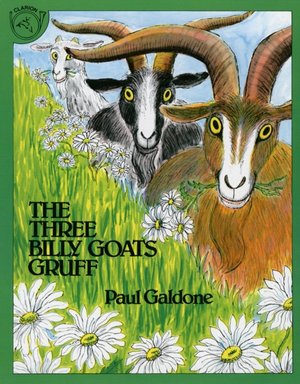
Author: Peter Golenbock
Illustrator: Paul Bacon
Genre: American History/Non-fiction
Award: Redbook Children's Picture Book Award
Grade Levels: Fifth Grade
Subject Area: Social Studies, Civil Rights Period
African
Americans were treated very harsh by white Americans back in the 1940’s and
1950’s. They were often tormented for the color of their skin and were not
given a chance to exploit their athletic ability in sporting events. African
Americans were treated very unfairly because of their differences. Although
many whites knew that what they were doing was wrong, no one really spoke out
against the majority. Jackie Robinson was an American hero who helped break the
color barrier in American’s favorite pastime.
Quick Summary: This is a true story based on one of the greatest historic baseball players of all time, Jackie Robinson. Jackie Robinson was the first African American to play in the Major Leagues. He broke the color barrier as well. Jackie Robinson lived in a difficult time period for African Americans. There were no laws against segregation and blacks and whites each had their own bathrooms and drinking fountains. Jackie was often humiliated because of his color, but was considered an extraordinary ballplayer. His teammate, Pee Wee Reese was the first to openly stand up for Jackie and support him through his tough career.
Pre-Reading Strategies: Discuss with the class why African Americans were treated very differently back during the Jim Crow period. Discuss how African American civil rights activists like Martin Luther King, Rosa Parks, and Jackie Robinson helped change history forever. Inform the students that every individual should be treated with respect regardless of the color of their skin or other differences.
Post-Reading Strategies: After the reading, each student in the classroom will be assigned a famous African American who helped change history forever. Many examples include: Martin Luther King Jr., Malcolm X, Jackie Robinson, Rosa Parks, Susan B. Anthony, Elizabeth Cady Stanton, etc. The students will then make a small poster describing the highlights that their famous person did and how they helped transform history forever.
Assessment: Their poster assignment will highlight what they learned about their famous person during the Civil Rights Era.
Reflection: I really enjoyed this book. It highlighted how Jackie Robinson broke the color barrier in baseball.
Golenbock, Peter. (1990). Teammates. Florida: Voyager Books. Grades 1-3.








